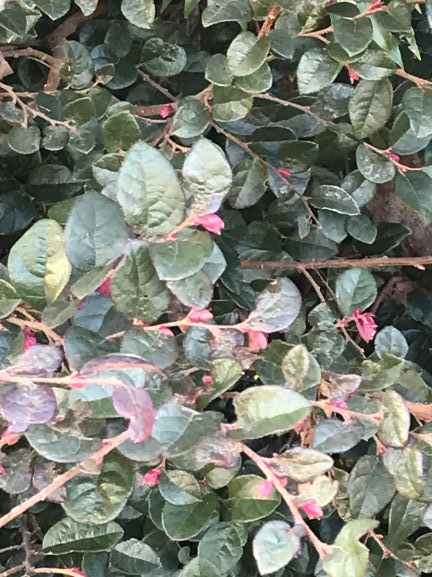Some plant species inhibit the growth of others. We’ve all heard people say that certain plants stop others from growing, but is there a scientific basis for it? There is and it’s called allelopathy.
Allelopathy is when plants release chemicals into the environment that are toxic to other plants. It’s a common way for plants to reduce competition near them. Sometimes chemicals reduce feeding by animals and insects. Allelopathic plants discharge chemicals through their leaves, bark, and roots. Most of the time this has a negative connotation.
Black walnut (Juglans nigra) is a tree famous for its allelopathic properties. Many plants simply will not grow near these trees. This has been known for centuries. Most plants in the potato, rose (except for cherries) and cabbage families are sensitive to black walnut allelopathy. Numerous others are too. However, many vegetables like beets, carrots, melons, squash, onions and beans show no effect from the chemical juglone, produced by the black walnut tree.
Plants are naturally competitive, allelopathic or not. The idea that plants work together is not true. Many home gardeners constantly search for a way to make their tomatoes grow better. They read articles that tell them which plants to plant near tomatoes and which ones to keep away.
Allelopathy could enter the equation some, but much of the reason their plants are successful or not depends on the direct competition for water and nutrients. Attracting or repelling certain pests could be reasons, too.
Many folks struggle with growing tomatoes near cabbages. This could be allelopathic or it could be an example of cabbages drawing insect pests, then outcompeting the tomatoes once the pests were present. It’s not clear whether tomatoes not thriving is because of true allelopathy or another environmental factor.
Plants recommended to plant near tomatoes are basil, garlic and parsley. Garlic supposedly helps repel red spider mites and it also inhibits the growth of the late blight fungus. Basil acts as a general insect repellant. Parsley attracts predatory insects that eat tomato hornworms.
An old-time favorite to plant near tomatoes is the marigold (Tagetes sp.). Marigolds supposedly produce a chemical in their roots that suppresses the root-knot nematode. Marigolds also repel several insects and often it’s insects that transmit viruses and other diseases that destroy tomatoes.
Sometimes plants lose vigor because they have no mycorrhizal fungi on their roots. Mycorrhizae are fungal roots (hyphae)that attach to plant roots and siphon off sugars in exchange for providing plants better mineral nutrient uptake. Some allelopathic chemicals destroy these mycorrhizal fungi. Without this root association, many plants struggle.
In 1928, Scottish scientist Alexander Fleming was researching a possible cure for the influenza virus. What he found instead was that a bread mold produced chemicals that killed bacteria that grew next to it.
Penicillin was the first and even now one of the most widespread antibiotics in use. It’s a classic example of allelopathy, and it has turned out to be a pretty good thing for nearly a hundred years. Therefore, allelopathy is not always bad.
Ted Manzer teaches agriculture at Northeastern High School.






